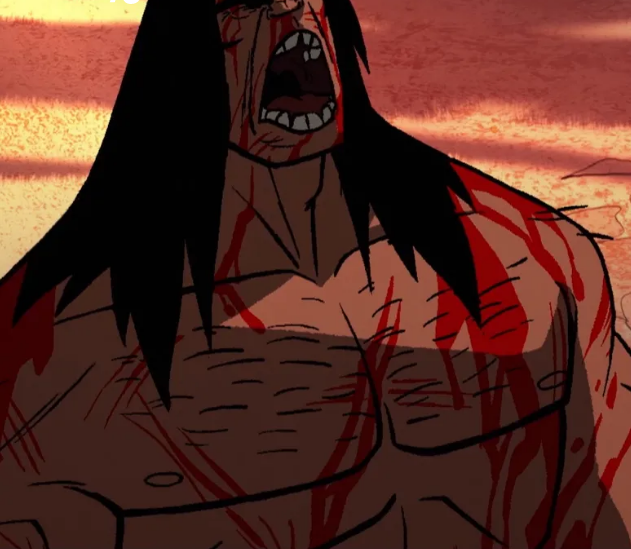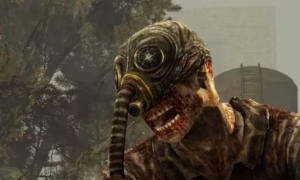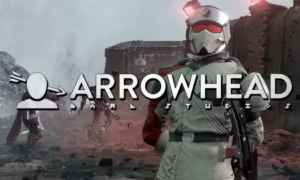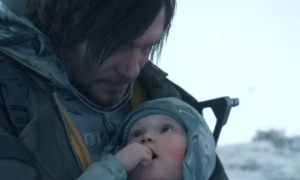Genndy Tartakovsky says Primal season 2 will ‘push the genre out of clichés’
GenndyGenndy Tartakovsky is an animator’s animator. The Russian-American animator/director has enjoyed a 30-year career that includes work on shows like Batman: The Animated Series and Batman: The Powerpuff Girls. He also directed the popular Star Wars: The Clone Wars original series, Samurai Jack and Dexter’s Laboratory.
Primal, his latest series, is undoubtedly his most daring. The pulp adventure sees a mute caveman named “Spear” form an unlikely bond with “Fang”, a Tyrannosaurus while trying to survive in a prehistoric world full of deadly creatures. Season 1, which concluded last November, earned Tartakovsky a nomination to the Emmy 2021 for Outstanding Animated Program.
Before this year’s Emmy Awards voting ends on Monday, Aug. 30, Polygon interviewed Tartakovsky about his inspirations for creating Primal and what he hopes to accomplish through the series’ second season.
The first seasonPrimalIt feels like a huge experiment. There are 10 episodes of mostly non-dialogue-driven action, character development and dialogue. How did season 1 go? What lessons can you take from season 2?
The first 10 episodes of a season are for us what we consider to be the first season. After watching the first five episodes and seeing the episodes come alive, the second five episodes were our next season. We began to realize that we could create more complicated stories. When there is no dialogue, you think, What story can we get across? Then we realized that there was so much more we could do. For the fifth episode, we began to experiment with more complicated stories, particularly in the “Coven of the Damned”, where we have flashbacks to the origins of everyone and the complex emotional thing of the deaths and the loss. This way of telling stories was great. The show was not intended to be “Monster of the Week”.
You have already said that Robert Howard’s Conan the Barbarian series and Frank Frazetta’s paintings were the key inspirations for the design and style ofPrimalThe the first season. What stories and art inspire the second season of this series?
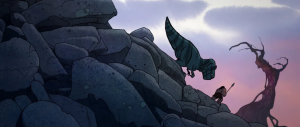
The second season is… I don’t know if it’s a departure, but it’s an evolution of the first season. The second season feels the same to me, but there is more emotion and complex storytelling. However, it’s still very simple because there is still no dialogue or very little dialogue, just like the first season.
Robert Howard’s Conan books, and his other writings, revealed that he was a pulp writer during the 1920s. These were short stories. He didn’t make it long, he cut the fat, and there is no lengthy explanation of the facts. Conan is usually the protagonist. He’s out in the desert with a girl and comes across a creature that they must defeat. Because we make cartoons, those stories were very relatable to me. They are usually very short. Howard’s work is very relatable to me. His terse approach in storytelling, which is so much what animators do, has a strong emphasis on visuals without any dialogue.
We wanted to do more for the second season. We want it to evolve. We wanted to do more than 10 minor variations of the first season. This genre has been done many times. I wanted to try something new and break the mould of the genre. The second season is breaking down the cliches. This is my first time doing something like this. It’s not something I want to reveal, but the more surprising it is, the more enjoyable it will be to watch. We were willing to go story-wise and be more unusual.
What cliches are you seeing in season 2?PrimalClearly pushing against?
It won’t be easy without giving away too much [ laughter]. But let’s see … if we were to elevate Primal into a barbarian adventure, or a sword-and-sorcery-type story, it could live in that world but still get away from cliches, I think. Stargate and 10,000 BC are two examples of stories that often focus on an overlord, a villain with thousands of slaves, or some other type of evil. In my first attempt at the story of Primitive, I came up with something similar. It was a Pharaoh-type situation that I tried to escape from, but it quickly became too much. It was almost like taking everything from this genre. We had a tendency, because it felt natural, to go there. Then you think about all the other things that have been done within this genre, and you realize We are just rehashing it and making it our own. This is all I have to say right now. It’s hard to give away too much.
What do you hope to convey through the story of season 2 based on season 1?PrimalWhat are your overarching themes? Which are the overarching themes that you want to communicate to the audience
It’s been survival and evolution, I believe. It’s easy to survive. All you want is to live. The evolution part is complicated. Even more, it isn’t easy to communicate without dialogue. Imagine Spear sitting down and saying, “What’s my place in this world?”
What visual method can you use to achieve this? This was what we wanted to do. That’s what it’s been all about, Spear’s development as a character. This is what we are focusing on, and that’s all I wanted to say. These 20 episodes are the final episode. What you see is evolution.

